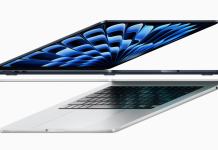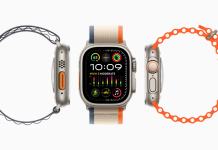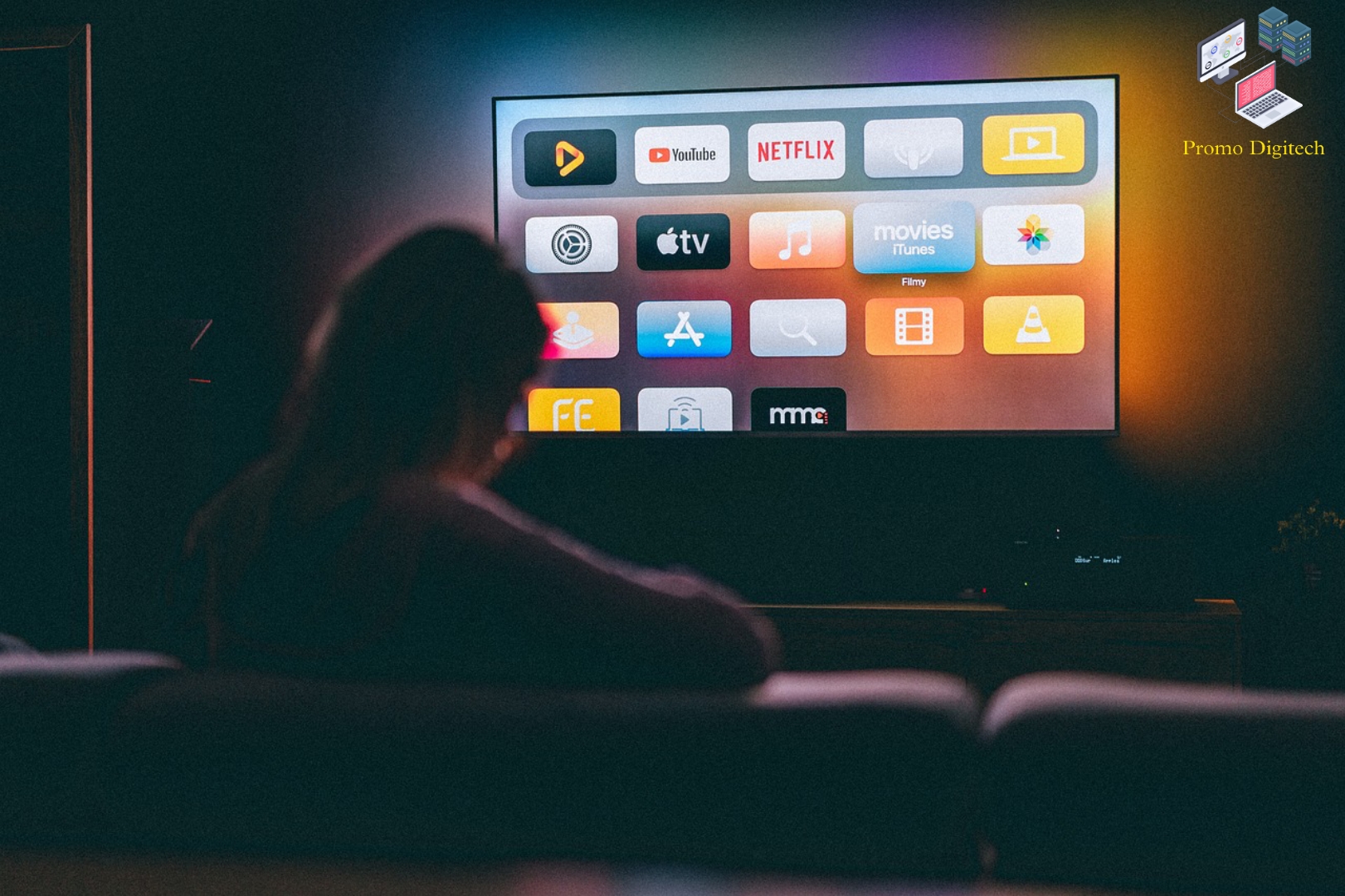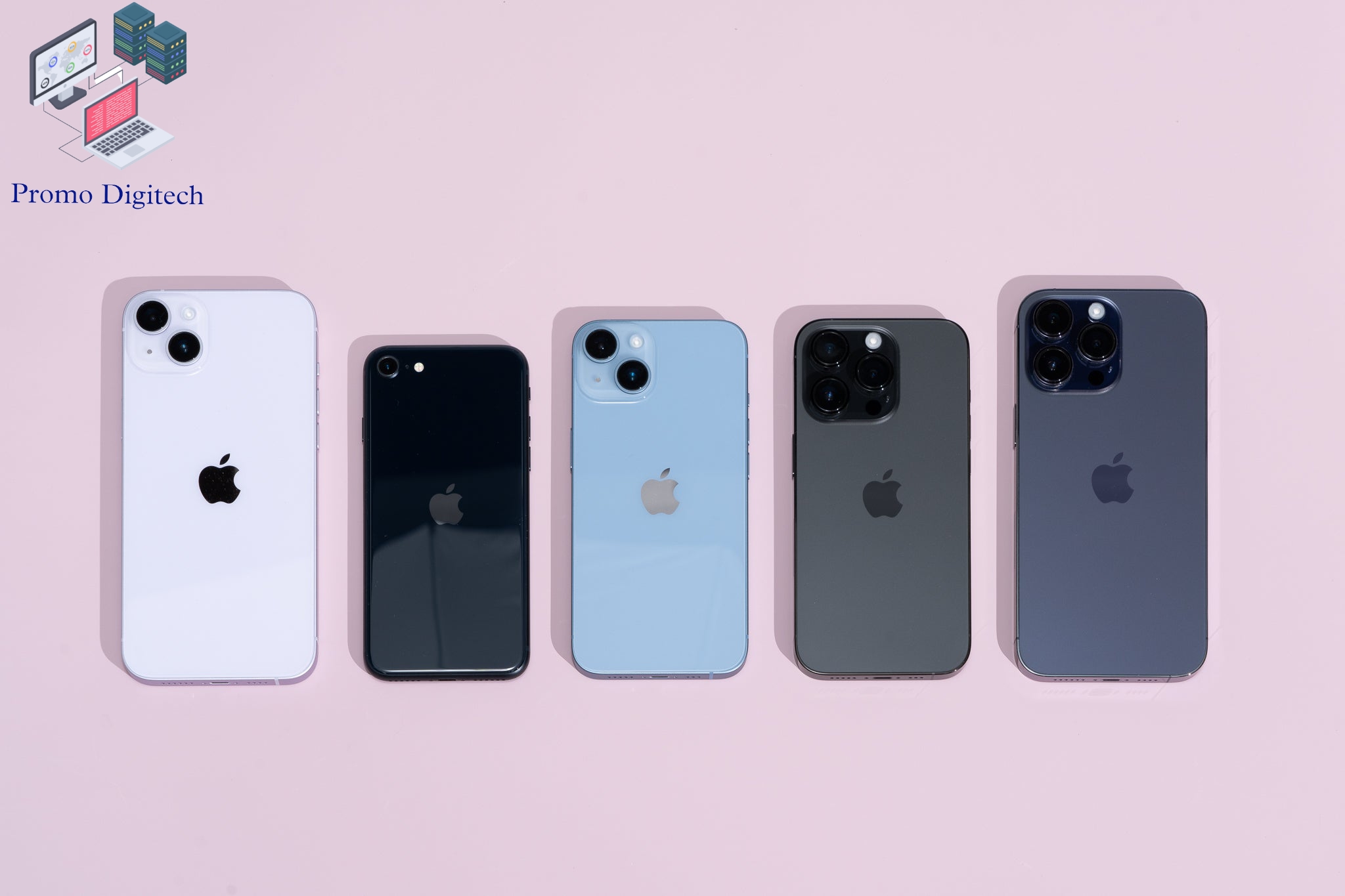Touch ID is a fingerprint recognition feature created by Apple Inc. It allows users to unlock their devices, make purchases at Apple digital stores, and authenticate Apple Pay transactions. Initially introduced on the iPhone 5S in 2013, Touch ID quickly caught on. Apple improved its technology with a faster second-generation version in the iPhone 6S and expanded its use to MacBook Pros in 2016. Touch ID has been a standard feature on every iPad since the iPad Air 2 in 2014.
With Touch ID, users can store up to three fingerprints per user account on MacBook devices and up to five fingerprints on the entire system. To improve security, fingerprint information is stored locally in a secure enclave on Apple A7 and later chips, rather than in the cloud.
Although Face ID replaced Touch ID on high-end iPhone and iPad Pro models starting with the iPhone X in 2017, Apple continued to include Touch ID on devices like the iPhone 8, second-generation iPhone SE, third-generation iPhone SE generation and base models of iPad. . In addition, Apple integrated Touch ID into the top button of the fourth and fifth generation iPad Air and the sixth generation iPad Mini.
Expanding beyond mobile devices, Apple introduced Touch ID on select peripherals in 2020, 2021, and 2022, including the Magic Keyboard for iMac, Mac Studios with Studio Display, and Mac minis. This integration allows users to use Touch ID to improve security and convenience in various computing scenarios.
History of Touch ID :
Touch ID is a biometric fingerprint authentication technology developed by Apple Inc. It was first introduced on the iPhone 5S, which was released on September 20, 2013. Touch ID revolutionized the way users could unlock their iPhones and provided a secure and convenient authentication method.
Touch ID development began in 2012 when Apple acquired AuthenTec, a company specializing in fingerprint sensor technology. AuthenTec had previously developed a unique subepidermal imaging technology that could capture high-resolution fingerprint images. Apple integrated this technology into the home button of the iPhone 5S, creating the Touch ID sensor.

Touch ID allowed users to unlock their iPhones simply by placing their finger on the home button. The sensor captured a high-resolution image of the user’s fingerprint and compared it with fingerprints stored in the device’s secure enclave, a dedicated processor inside the iPhone’s A-series chip designed to drive secure operations. If the fingerprint matched, the device would unlock and grant access to the user.
Apart from unlocking the device, Touch ID was also used for other purposes. It allowed users to authorize purchases from the App Store, iTunes Store, and Apple Books using their fingerprints, eliminating the need to enter a password. Third-party developers also gained access to the Touch ID API, allowing them to integrate fingerprint authentication into their apps for secure access.
After its introduction on the iPhone 5S, Touch ID became a standard feature on later iPhone models, including the iPhone 6, iPhone 7, iPhone 8, and their respective Plus and SE variants. It has also been integrated into other Apple devices, such as the iPad Air 2, iPad Mini 3, and MacBook Pro with Touch Bar.
With the release of the iPhone X in 2017, Apple introduced Face ID, a facial recognition system that replaced Touch ID on the device. However, Touch ID continued to be offered on other iPhone models, and in 2020, Apple released the iPhone SE (2nd generation), bringing Touch ID back to a new device.
Over the years, Apple has continued to improve the accuracy, speed, and security of Touch ID. The technology has proven to be highly reliable and widely adopted by users, providing a seamless and secure authentication method for millions of iPhone and iPad users around the world.
How to use Touch ID :
To use Touch ID, you will need a device that supports this feature, such as an iPhone or iPad equipped with a Touch ID sensor. Here’s a step-by-step guide on how to use Touch ID:
- Set up Touch ID:
- Go to the Settings app on your device.
- Scroll down and tap on “Touch ID & Passcode.”
- If you haven’t set up a passcode, you’ll be prompted to create one.
- Tap on “Add a Fingerprint” and follow the on-screen instructions to register your fingerprint. You’ll be asked to lift and rest your finger on the Touch ID sensor several times to capture different parts of your fingerprint.
- Unlock your device with Touch ID:
- On the lock screen or when your device is asleep, place your registered finger (or thumb) on the Touch ID sensor/home button. Ensure that your finger covers the entire sensor.
- The sensor will read your fingerprint and, if recognized, unlock your device automatically. You’ll see a “Touch ID” animation on the screen.
- Use Touch ID for App Store/iTunes purchases:
- Open the Settings app on your device.
- Scroll down and tap on “Touch ID & Passcode.”
- Enter your passcode if prompted.
- Toggle on the “iTunes & App Store” option.
- With this option enabled, you can use Touch ID to authenticate App Store and iTunes purchases instead of entering your Apple ID password.
- Use Touch ID in supported apps:
- If an app supports Touch ID, you’ll usually find the option within the app’s settings or account preferences.
- Open the app and navigate to its settings or account section.
- Look for options related to Touch ID or fingerprint authentication.
- Enable the Touch ID option and follow any additional instructions provided by the app.
Hardware of Touch ID :
Touch ID is a fingerprint recognition technology developed by Apple Inc. It was first introduced in 2013 with the iPhone 5S and has since been integrated into various Apple devices. Touch ID allows users to unlock their devices, authenticate App Store and iTunes purchases, and access various apps and services using their fingerprint.
Touch ID hardware components include:
Touch ID sensor: This is a capacitive sensor located on the home button or power button (depending on the device) of compatible Apple devices. It consists of a small metal ring that surrounds a sapphire crystal lens. The sensor captures high-resolution images of the user’s fingerprint.
Sapphire Crystal Lens: The sapphire crystal lens covers the Touch ID sensor, protecting it from scratches and ensuring accurate fingerprint recognition. Sapphire is highly durable and scratch resistant, making it an ideal material for this purpose.
Touch ID Module: The Touch ID module consists of the sensor, lens, and other necessary circuitry. It is responsible for capturing and processing fingerprint data, as well as communicating with the main processor of the device.
Secure Enclave: The Secure Enclave is a separate hardware component in Apple devices that stores and processes fingerprint data. It is a secure area isolated from the rest of the device system, which guarantees the protection and confidentiality of the fingerprint information. Secure Enclave handles fingerprint verification and authentication without exposing the data to other parts of the device or software.
A-series chip: Apple’s A-series chips, like the A12 Bionic or A14 Bionic, power Touch ID technology. These chips provide the necessary processing power for fingerprint recognition and authentication.
It’s important to note that the specific hardware components and implementation of Touch ID may vary slightly between different Apple devices, as the technology has evolved over time.
Security and privacy of Touch ID :
Touch ID is a biometric authentication feature developed by Apple for its iOS devices, such as iPhones and iPads. It allows users to unlock their devices and authenticate various actions using their fingerprints. When it comes to security and privacy, Touch ID has several important considerations:
Device-level security: Touch ID is built into Secure Enclave, a separate coprocessor built into Apple mobile devices. Secure Enclave ensures that fingerprint data is securely stored and processed, isolated from the rest of the device’s hardware and software. This hardware-level security helps protect against unauthorized access and tampering.
Fingerprint data storage: Touch ID does not store an actual fingerprint image on the device or in the cloud. Instead, it captures a mathematical representation of the fingerprint, which is encrypted and securely stored in the Secure Enclave. This means that even if someone gains access to the device or its data, they cannot recover the original fingerprint data.
Local Processing: The fingerprint matching process takes place entirely on the device within the Secure Enclave. Encrypted fingerprint data is never sent to Apple servers or shared with third parties, ensuring biometric information remains on the user’s device, adding an extra layer of privacy.
App-specific access: Touch ID allows users to authorize specific apps to access their fingerprint data. Apps must request permission to use Touch ID, and users have the option to grant or deny access. This mechanism helps users maintain control over which apps can use their fingerprint data.
Privacy Protection: Apple has implemented strict privacy policies regarding Touch ID. Developers cannot access the raw fingerprint data captured by Touch ID. Instead, they receive a simple response indicating whether or not the fingerprint matches, without any access to the underlying biometric information.
Additional security measures: Touch ID can be combined with a passcode or password for added security. This ensures that even if a fingerprint is compromised, an additional authentication factor is required to access the device or sensitive information.
It’s important to note that while Touch ID provides a convenient and secure authentication method, no security system is completely foolproof. Biometric data, including fingerprints, is not immutable and can be copied or replicated, although it is considerably difficult. Users should also be careful about which apps they grant Touch ID access to and regularly update their devices with the latest security patches to ensure the highest level of security and privacy.







